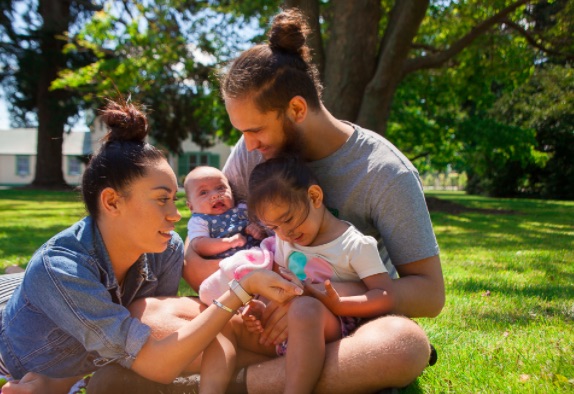Whānau Ora is under review, its findings will be released shortly. Its fate will be determined by the Labour-led Government.
Whānau Ora was set up by the Māori Party in 2010. It is an intensive intervention program aimed at and defined by whānau, delivered upon kaupapa Māori frameworks.
Kaiārahi (navigators) work with whānau to overcome a range of issues relating to education, poverty, social, health and justice and design plans that achieve greater independence. This is its true success—brokering trust and building relationships that creates transformation. Over 45,000 Māori whānau have been supported nationwide.
The Labour Māori Caucus understands this concept. Their own version, He Poutama Rangatahi, is a carbon copy—an intensive intervention programme aimed at rangatahi, with an employment focus, that inevitably involves the whānau.
There are key differences. Whānau Ora only funds the development and coordination of whānau plans. Existing contract holders must still implement them. Whereas, He Poutama Rangatahi offers greater scope and funds both the development and the implementation of the plans. Yet, on the other hand, it is smaller in scale as there are less providers across the country.
It is likely Whānau Ora will stay. But the key question remains—in what format?
Whānau Ora is top heavy. When it was initially designed the infrastructure was built to commission 1.2 billion in funding. If you imagine combining Whānau Ora with He Poutama Rangatahi—both in scope and scale—that concept was the original plan.
Obviously, after many attempts, the Māori Party was not able to secure this before they left Parliament. The next government budget has been self-defined as the ‘wellbeing budget’. The Labour Māori Caucus should take this opportunity to significantly upscale Whānau Ora as the infrastructure and successful providers are all in place.
If they do no share this vision however, then look to see a downscale of the middle-tier of Whānau Ora, which includes the commissioning agencies and regional leadership groups, for efficiency purposes.
It will also mean the Labour Māori Caucus have their eyes on another wellbeing vehicle for Māori or will be upholding their policy of universalism which is troubling for so many different reasons which cannot all be mentioned here.
Another important design feature of Whānau Ora is its treaty partnership framework. Overseeing it is a Partnership Group made up of Iwi Leaders and Ministers established to collaborate on the ongoing development and expansion of the programme.
Under the National-led government, it met quarterly. Under the Labour-led government, it has not been convened since it came into office over 12 months ago. The relationship between Labour and Iwi Leaders remains strained and undefined. Akin to their freshwater policy, they may look to restructure this group by adding other Māori representative groups rather than removing it altogether.
There is no doubt about the transformative power of Whānau Ora. It is not a question of policy design or infrastructure—it is now essentially a question of the Labour-led Governments politics that will determine its existence.
Published in the Whakatane Beacon 13 November 2018





